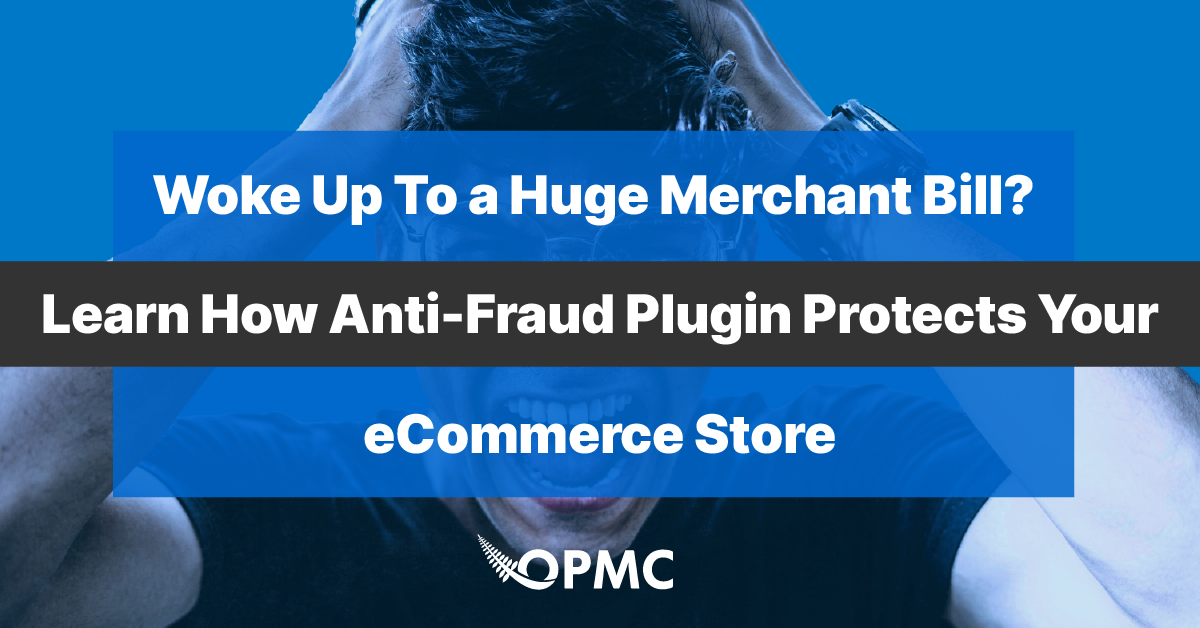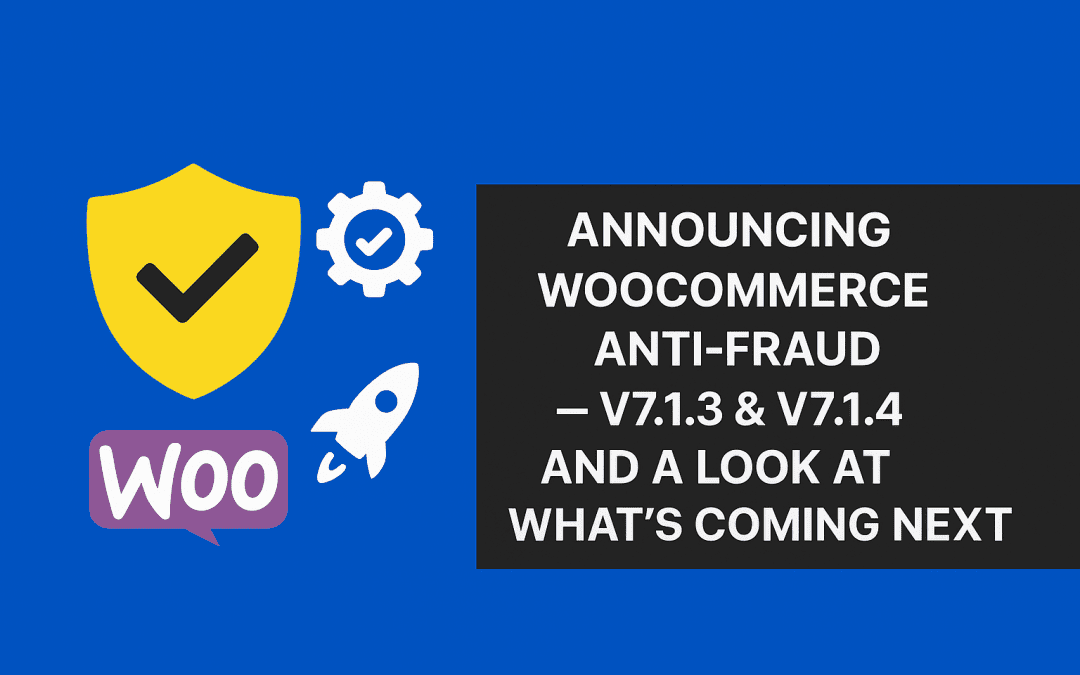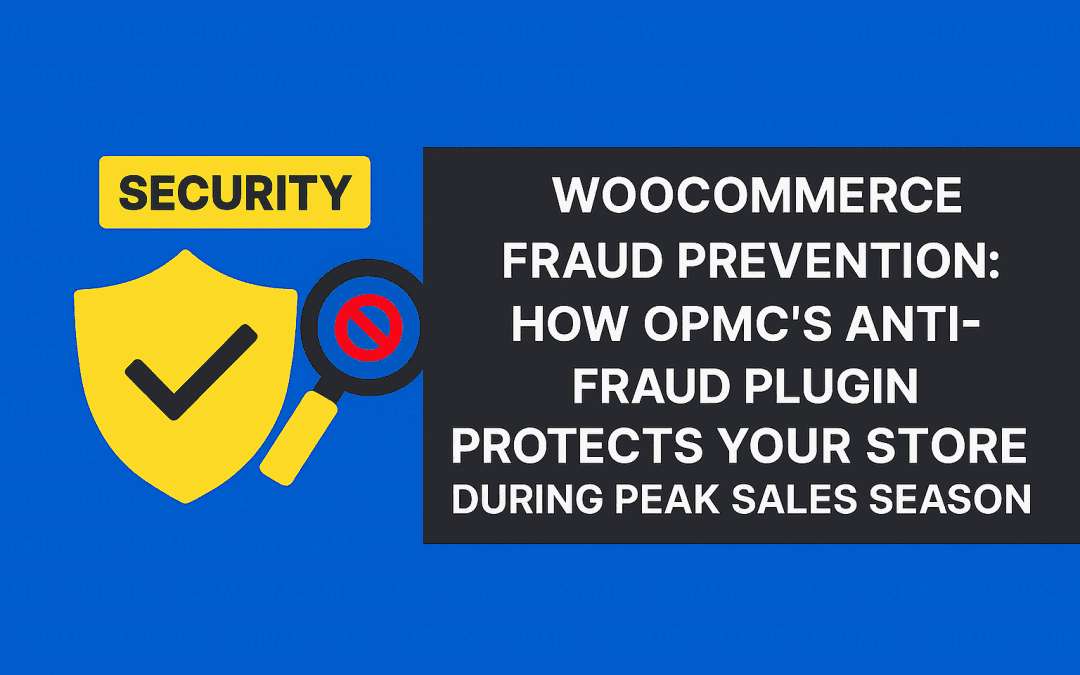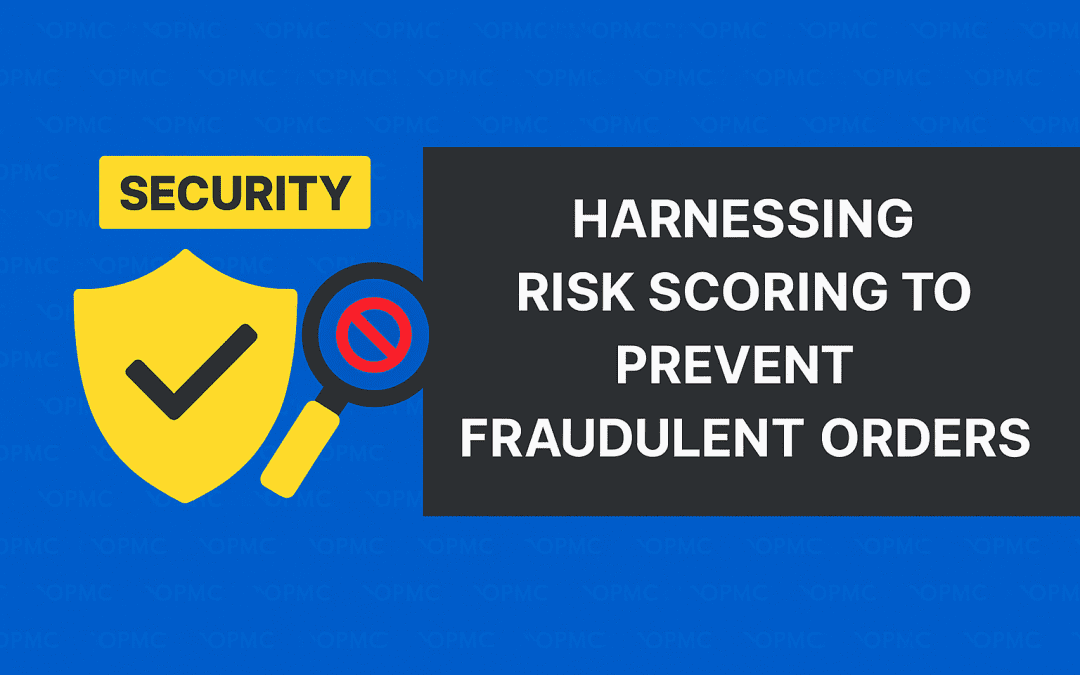Shopify stores are growing at a rapid pace. Small businesses are turning to ecommerce platforms to sell their products, and with that comes the risk of fraud. While some companies fall victim to fraud every year, others manage to avoid it altogether using fraud protection. Which one do you want to be? In this article we will give you Shopify fraud protection tips that will help you deal with High-Risk orders in 2022 and beyond.
Taking the time to set up preventative measures ensures you have a reliable automated system that cannot be taken advantage of by people who wish to trick or steal from your company. The goal is to create a safe, secure, and reliable online Shopify store with revenue growth potential.
What is Ecommerce Fraud?
Ecommerce fraud can be defined as any type of fraud that occurs during a transaction. It is committed by anyone, from the customer to the vendor. This can include:
- Order fraud – Customer places an order but does not intend to pay for it (cancelling their credit card payments, reversing the payment on their bank account)
- Payment gateway fraud – The customer pays for an item but receives nothing in return
- Chargeback – A fraudulent transaction that results in refunding money to a customer by their issuing bank (after they paid with a credit card)
Global payment fraud is at an all-time high. Internationally, it accounts for nearly $33 billion USD in stolen products and funds. The potential for ecommerce fraud will only grow and become more complex. After the global pandemic, more and more businesses have moved their operations to at least some form of online sales format, including Shopify. The sooner you implement strategies to prevent fraud, the more you protect your revenue streams.
What Places Shopify Stores at Risk?
Commerce is a risky game, and ecommerce is the riskiest of all. Shopify merchants face an array of threats from outside forces: malicious actors, hackers, fraudsters, and scammers are some of the types that threaten to take your business down. It’s up to you to stay vigilant to protect yourself against such dangers.
High-risk orders are transactions that trigger fraud or chargeback alerts due to unusual behaviours or customer behaviour patterns. That includes looking at customers marked as high risk by credit card providers for fraudulent activity on their accounts. Without proper strategies, you can lose thousands of dollars in a single night due to fraud attempts.
In 2021, Shopify processed close to $80 billion in order value. With more than 457 million buyers around the world, there is no way to be 100% protected from every evolving scam or fraud out there. However, a few preventative actions can drastically reduce your risk, so if it does happen, you lose a negligible amount of money, and the exposure is minimized to 1 or 2 orders at most.
Top Shopify Fraud Protection Tips for Your Online Store
1 – Limit the Number of Orders at One Time
2 – Stay PCI Compliant
3 – Blacklist Risky Territories
The last and most effective way to protect yourself from fraud is by blocking risky territories. This means you will stop customers located in certain countries from purchasing on your website.
This might seem like an extreme Shopify fraud protection tactic, but remember that many of these countries are also places with complex shipping standards. As long as you make this feature removable, you can adapt your online store to the needs and demands of your clients at any time.
4 – Require CCV Numbers
5 – Prepare for Peak Shopping
High-risk customers are more likely to order from your store during peak shopping periods. The best way to prepare for these periods is to create a calendar of events that may affect your business over the next year and ensure you have enough staff on hand during those times. This could be Black Friday, the month before Christmas, New Years, and any other significant dates.
6 – Verify Address Information
7 – Use IP Tracking
8 – Leverage Fraud Protection Tools
An excellent example of one of our similar tools is our Anti-Fraud plugin for WooCommerce. We are happy to create something similar for your lucrative online store. Reach out today, and let’s schedule a consultation.
Stop Ecommerce Fraud in its Tracks
By following these tips and keeping an eye on your business, you will be able to mitigate the risk of ecommerce fraud. Trust is essential for any business, but especially so when it comes to online shopping. By taking these precautions and implementing best practices in your ecommerce store, you can protect yourself from being a victim of fraud while also building trust with your customers by showing them that they’re in good hands.
Secure Your Shopify Store with "FraudStar"
Our Shopify Fraud Detection tool is designed to identify frauds by scanning and providing a score for transactions made via your Shopify store.




